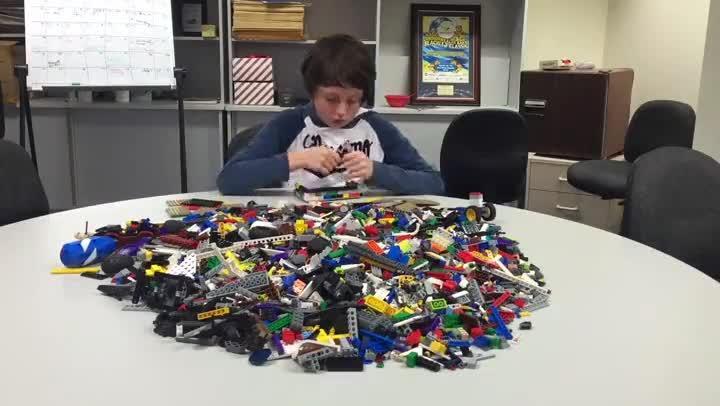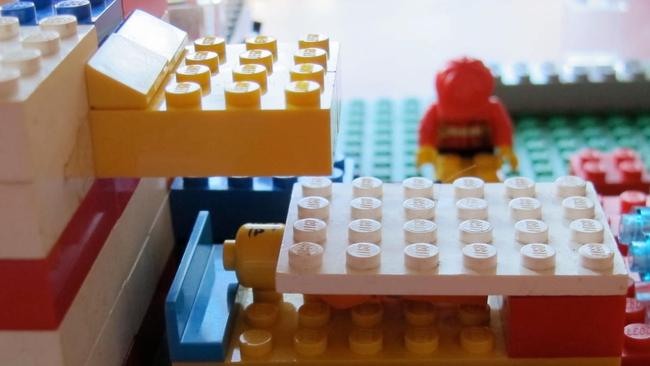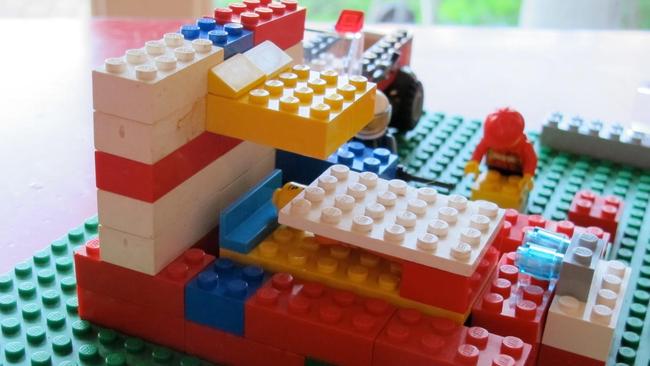Child uses Lego to recreate mum's radiation treatment clinic four months after his hospital visit
BUILT four months after his mother’s treatment, a child’s almost identical recreation of a radiation clinic using Lego has touched doctors and served as a reminder of how children play to understand the world.

VIC News
Don't miss out on the headlines from VIC News. Followed categories will be added to My News.
IN a powerful reminder of how children use play to understand the world, a Melbourne boy used Lego to recreate his mother’s radiation treatment months after a visit to the hospital.
It took just one visit of 10 minutes for the boy, aged 6, to absorb the layout of the radiotherapy centre.
HYPNOSIS CAN HELP ANXIOUS CHILDREN IN HOSPITAL
BUILDING RESILIENCE IN CHILDREN HELPS PREVENT MENTAL ILLNESS
PARENTS STRUGGLE TO SET PHONE RULES
His mother’s diagnosis and treatment had been explained to him in age appropriate language.
It wasn’t until four months later, without prompting or discussion, this experience resurfaced in his play session where he reproduced almost a replica of the treatment using Lego blocks.
It even included details like the machine’s operators wearing safety equipment and the patient under a blanket, but not wearing a helmet.
Monash Health paediatrician and adjunct clinical associate professor Robert Roseby said he found the images so touching that he wanted to share them as a reminder about how child’s play can be used to uncover their concerns.

“Play is far from a frivolous activity,” he said.
“A child’s use of play things such as dolls’ houses, families of small animals or artworks can communicate all manner of issues that a child may otherwise not be able to articulate due to poor verbal skills or other reasons.
“It’s a reminder for all of us to tune into what our children are doing and the commentary that surrounds their play; we can use that self-conversation as an opportunity to discuss things on the children’s mind.”
He always advises parents not to try to hide their treatment from their children because they sense that something is unfolding, but to give them explanations that they can understand.

“These really strong images mean it is really quite obvious that this child has been thinking about his mother’s illness and her treatment.
“As happened in this case, the child processed this information over a significant period of time to try to work out what it was all about.”
The report was published Monday in the Journal of Paediatrics and Child Health.


